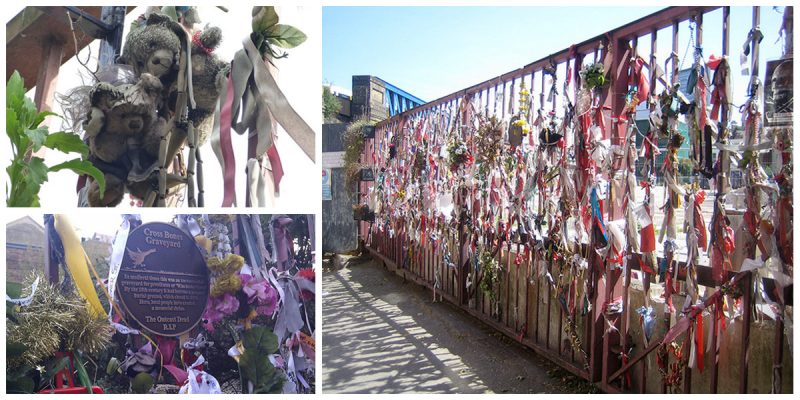Cross Bones is a post-medieval disused burial ground in The Borough, Southwark, south London, currently known as the Redcross Way.
It was referred to as ‘The Single Women’s Churchyard’ in the 16th century, and by the 18th century it had become known as a burial ground for paupers.
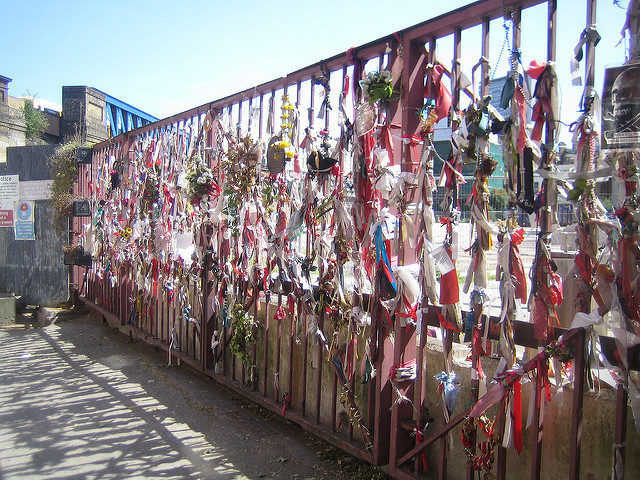
The earliest known reference to the Graveyard was by John Stow in his Survey of London in 1598: “I have heard ancient men of good credit report that these single women were forbidden the rights of the Church, as long as they continued that sinful life, and were to be excluded from Christian burial if they were not reconciled before their death. Therefore, there was a plot of ground, called “The Single Women’s Churchyard”, appointed for them, far from the parish church.”
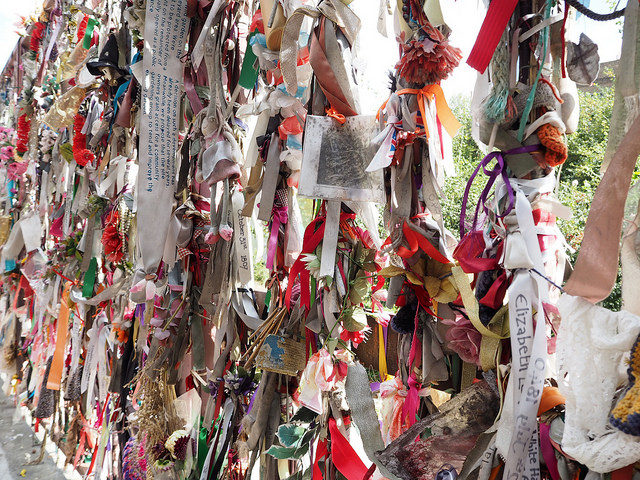
During the late medieval period, the local prostitutes were known as “Winchester Geese” because they were licensed by the Bishop of Winchester (who owned the surrounding lands) to work in one of the many brothels in the area – known as the ‘pleasure quarter’, south of the Thames.

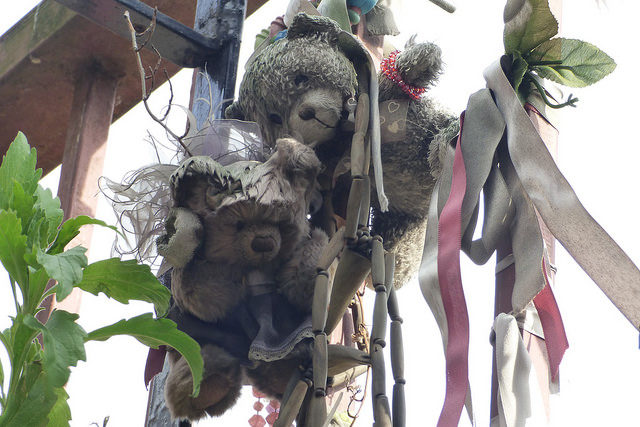
After the public complained that the overcrowded cemetery offended public health and decency, Cross Bones was closed in 1853 on the grounds that it was “completely overcharged with dead.”
It was estimated that 15,000 people were buried in the cemetery and the majority were prostitutes.

The excavation done in the 1990s revealed that the area was heaped with bodies, some basically piled in mass graves.
Out of the 148 excavated grave, all dating from between 1800 to 1853, more than 40% of the graves were fetuses or babies under the age of 1 indicating a very high infant mortality rate. The adults were mostly women aged 36 years and older.
Over time, Cross Bones Graveyard started to accommodate other members of society who were also denied a Christian burial, including paupers and criminals.
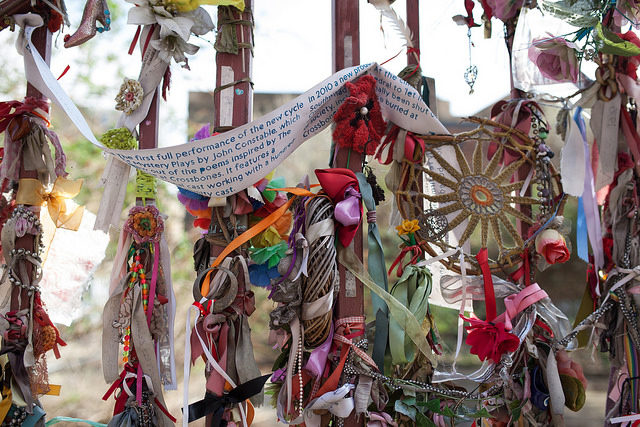
It sits on land that is part of a derelict site owned by Transport for London (TfL), which has had plans to redevelop during the years.
The graveyard gates in Redcross Way are permanently decorated by a changing array of messages, ribbons, flowers and other tokens. Moreover, a short memorial vigil ceremony is held at the gates in each month on the 23rd.
